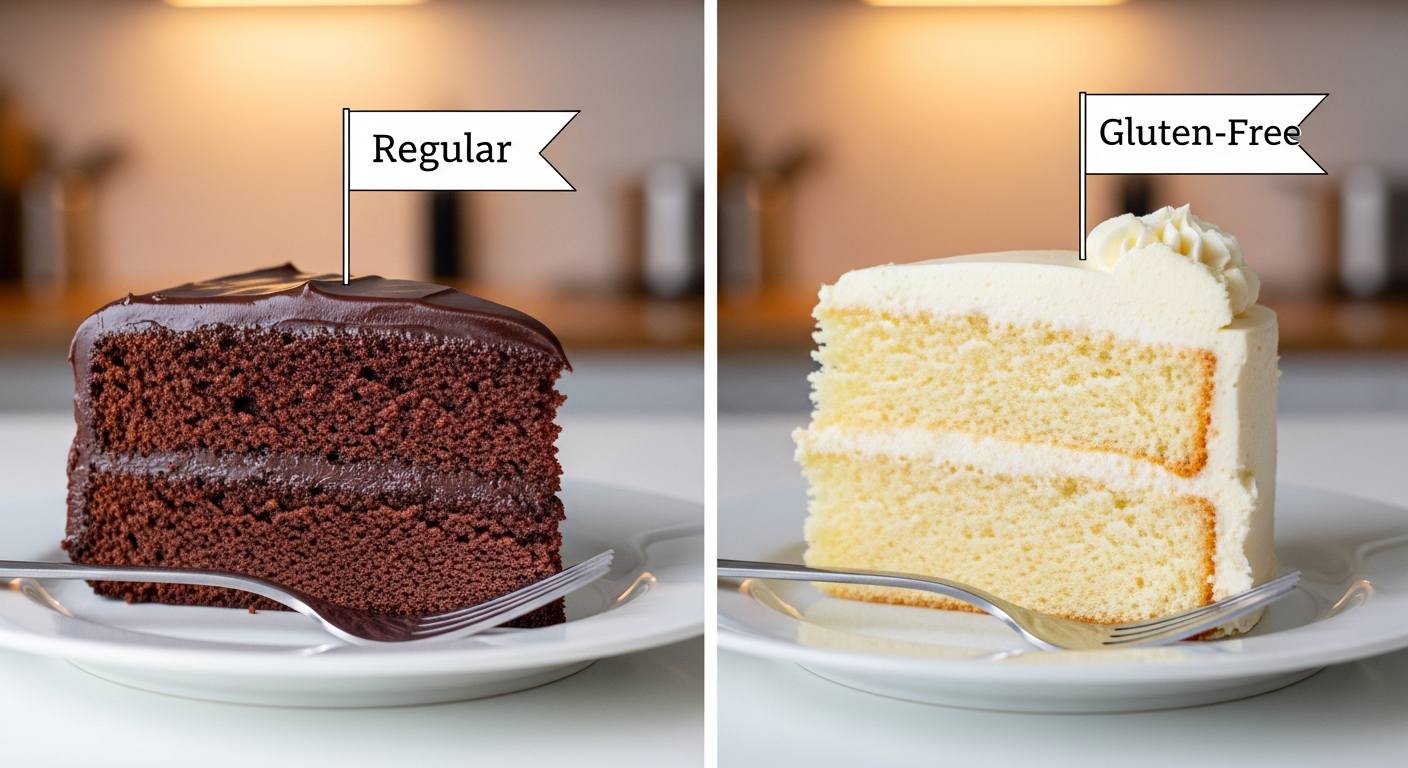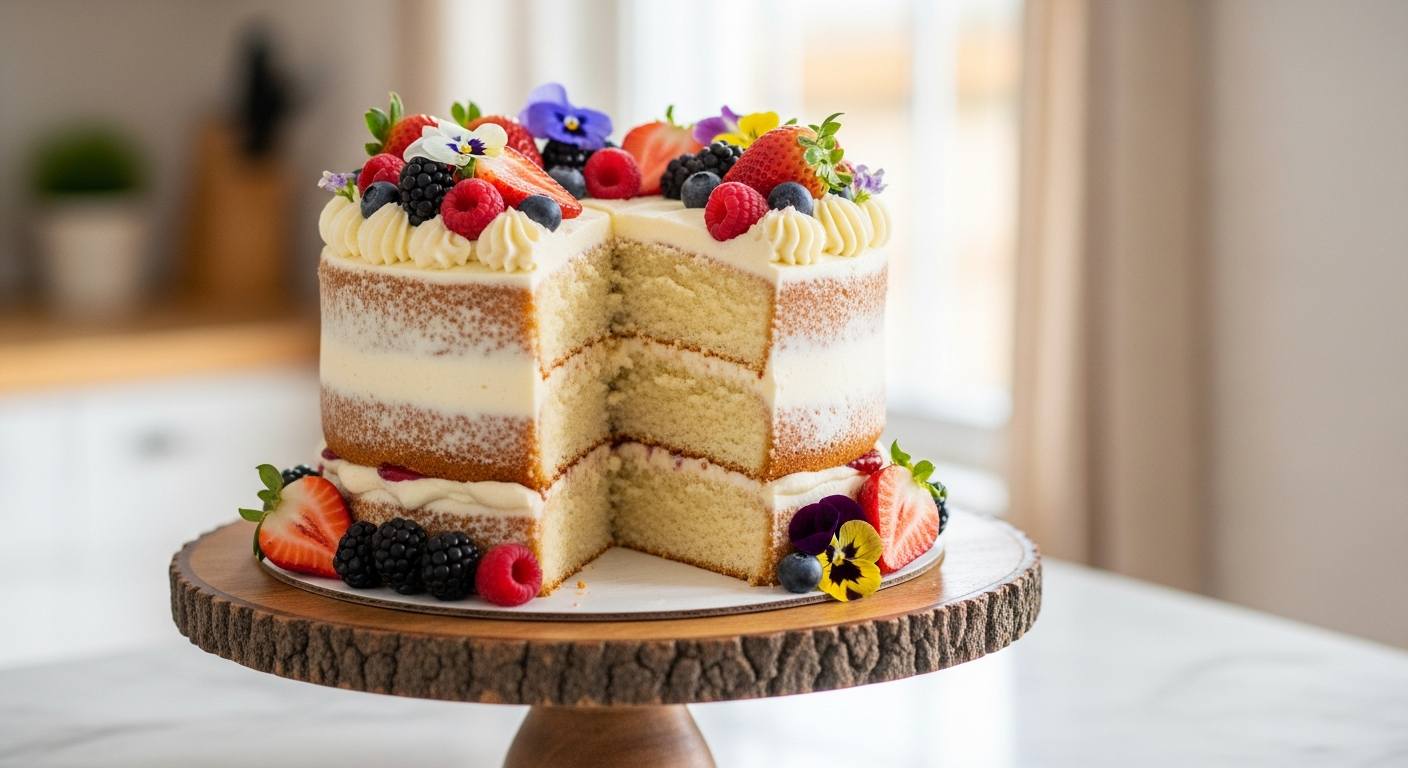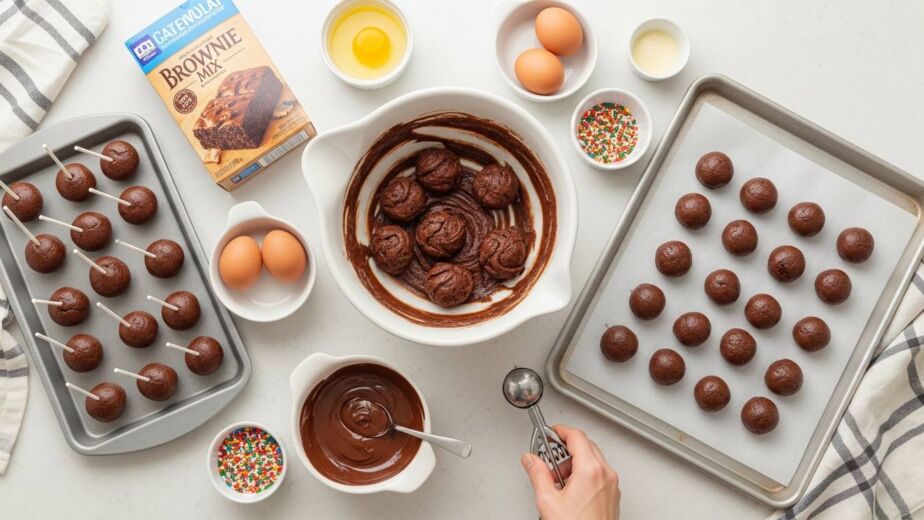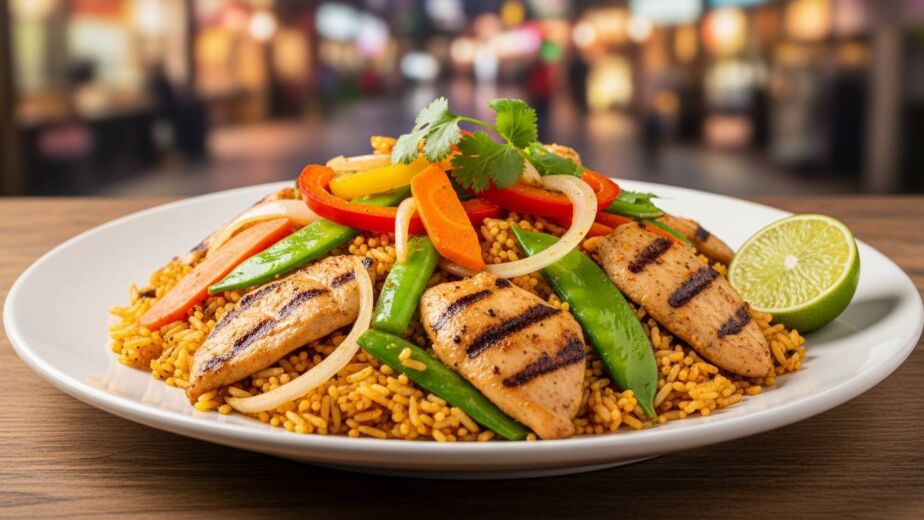The short answer is: it depends. Gluten-free cake can taste a bit different, but it doesn’t have to. Expert bakers note that with the right recipe, a gluten-free cake can be “just as delectable” as a wheat-based one. Many bakery specialists even say their GF cakes taste “just as good, if not better” than traditional cakes. However, because gluten-free cakes swap wheat flour for alternatives, you might notice subtle flavor or texture changes.
Why Gluten-Free Cakes Can Taste Different
Gluten-free cakes replace wheat flour with other grains or nuts (rice flour, almond flour, coconut flour, etc.). Each alternative flour brings its own taste. For example, almond flour is naturally sweet and nutty, while coconut flour carries a mild coconut aroma. Plain rice or oat flours are much blander by comparison. These unique flour flavors can come through in the cake, so a GF cake might have a hint of nuts or coconut that a plain wheat cake wouldn’t.
Because gluten-free cakes use these non-wheat flours, their flavor profile can shift. For instance, a cake made with almond or coconut flour will taste faintly of nuts or coconut. To balance this, many gluten-free bakers blend several flours (such as rice flour, potato starch, tapioca, and a bit of nut flour) to mimic wheat’s neutrality. They may also add extra vanilla, citrus zest or chocolate, which helps mask any unusual notes. In the end, a well-designed GF recipe aims to complement these flavors so the cake still tastes rich and familiar.
Texture and Baking Differences
Flavor isn’t the only difference – texture can change too. Gluten (a protein in wheat) gives cake its springy, stretchy crumb. Without it, a cake can turn out more crumbly or dense. Nutrition experts explain that gluten-free flours “absorb more liquid than conventional flour,” so GF batters are often wetter. If not adjusted, a GF cake can be heavy or even gummy. In fact, Wildgrain’s baking guide points out GF cake “won’t have quite the same texture” unless you make changes.
Bakers overcome this in several ways. Many GF cake recipes include binders like xanthan gum or psyllium husk to replace gluten’s role. These gums help hold moisture and structure so the cake isn’t crumbly. Additional eggs or egg replacers can also improve structure. Starches like cornstarch or tapioca starch are often added to lighten the texture, much like a traditional cake mix does. Allowing GF batter to rest (15–30 minutes) before baking is another common tip; resting hydrates the grains and “softens” gritty flours, reducing any grainy bite.
Moisture and binding are key. Without gluten, a cake may need more fat or eggs to stay tender. For instance, a popular GF vanilla cake recipe uses both butter and oil: butter for rich flavor and oil for extra moisture. Other recipes swap water for milk or yogurt to boost creaminess. Baking powder/soda is often increased slightly so the cake still puffs up (GF cakes tend to be heavier if under-leavened). If a GF cake ever seems too dry or crumbly, bakers often brush it with simple syrup or add an extra egg next time to improve moistness.

Tips for a Delicious Gluten-Free Cake
Whether you’re baking at home or choosing a specialty cake, these tricks help make a GF cake taste its best:
-
Use a balanced flour blend: A premixed “1:1 gluten-free” flour or a home mix of rice flour + potato/tapioca starch + almond (or oat) flour works well. The starches lighten the mix, while a touch of nut or oat flour adds nutrition and tenderness.
-
Add a binder: Most 1:1 GF mixes already include xanthan gum, but if not, add ~¼ teaspoon per cup of flour. This creates that light, airy texture by holding crumbs together.
-
Boost moisture with fats: Use butter plus oil (or butter plus applesauce) in the batter. Butter gives rich flavor; neutral oil (vegetable or coconut) keeps the cake moist. Fattier batters trap more air bubbles and prevent drying out.
-
Flavor power: Increase vanilla, spices, cocoa, or fruit extracts slightly. Strong flavors help mask any bland notes of the flours. (Chocolate and vanilla cakes naturally hide GF flour flavors well.) Adding a tablespoon of extra vanilla or some citrus zest can make a big difference.
-
Let batter rest: After mixing, let the GF batter sit briefly. This hydrates the flours and starches so they bake up tender instead of gritty. It also lets any gluten-free thickeners (like xanthan) activate fully.
-
Measure carefully: Weigh flours if possible, or spoon and level them. Too much flour makes cakes dense. Also, avoid overbaking – remove the cake as soon as a toothpick comes out clean so it doesn’t dry.
Following these tips usually yields a cake that’s moist, tender and flavorful – very close to a regular cake.
Conclusion
In summary, a gluten-free cake can taste different, but modern recipes have come a long way. Early GF cakes were often dry or gritty, but now well-made recipes (and professional bakers) can produce cakes “so delicious that most people can’t even tell they’re gluten-free”. With good ingredients and technique, many gluten-free cakes end up just as moist and tasty as wheat cakes – one London bakery even boasts theirs are “every bit as delicious” as traditional cakes.
So if you’re worried about missing out, don’t be. Whether for gluten intolerance or by choice, you can enjoy a gluten-free cake that rivals the real thing. In fact, experts say GF cake can “taste just as good, if not better” than regular cake. Use a balanced flour mix, plenty of fat and flavor, and the right binder, and you’ll have a gluten-free cake that satisfies any sweet tooth without feeling like anything’s missing.



